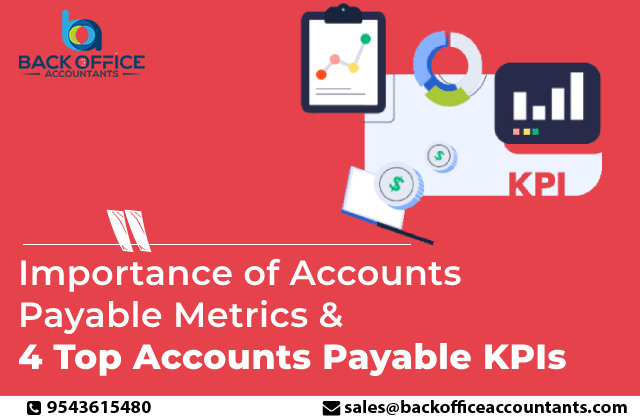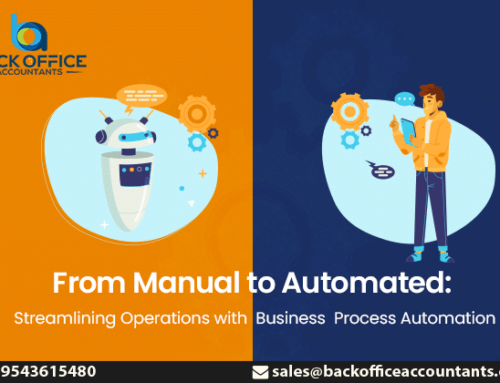One of the most common mistakes businesses make when it comes to managing their Accounts Payable is not choosing the right Accounts Payable KPIs to track, monitor or optimize. While few businesses ignore them for good, other businesses track wrong KPIs and this shows in lack of scope for optimization.
Accounts Payable – Measurement is the first step for optimization:
Catering to all the payments obligations effectively and accurately is the primary objective of Accounts Payable. In short term, this could be a simple process but as your obligations raise, the complications exponentially increase resulting in errors, payment delays and penalties gradually derailing the accounts payable process.
So the key to having a sustainable and seamless Accounts Payable process is to have a consistent system to measure its performance. The metrics which accurately help you measure your performance are called Accounts Payable Metrics.
Importance of Accounts Payable Metrics:
Accounts Payable metrics quantify the performance of a complex Accounts Payable Process to help know how you fare when compared to current industry standards. These metrics help you set specific goals and objectives and aid in the strategizing plan of action to achieve these goals. With the key AP metrics in hand, you can identify the pain points of the AP system and take the necessary step to improve the process from the ground up.
However, the key for any business is to get hold of the right AP metrics to track, monitor and optimize. For a small and medium businesses that are only leveraging the full benefit of seamless Accounts Payable, it is quite common to falter in choosing the right KPIs. So in today’s blog, we are going to provide you 4 Accounts payable KPIs that can play crucial role in optimizing your AP process:
Here are 4 important Account Payable KPIs that every business need to measure for improved AP performance:
Vendor Payment Processing Cycle Time: The main objective of an Accounts Payable process is to process the vendor payment as quickly and as accurately possible on large scale. And a Vendor Payment Processing Cycle Time (VPPCT) is the perfect metric to help you know how your system is faring.
A VPPCT is the number of business days taken by your AP department to process an invoice of the vendor or supplier. This metric is calculated from the day the invoice reaches your AP department to the day the respective payment is processed. Naturally, lower the VVPT better your overall AP process as it directly influences the vendor relationship.
This metric gives a quick way to assess the direction and performance of your AP process. But is not sufficient to get a 360-degree view for a finely tuned process, read on to know others.
Cost per Invoice: Even if the VPPCT is low and you process the invoices quickly, the cost factor of the AP process must be kept in mind for sustainable and profitable operations. And this is where the Cost per Invoice helps the business to understand the cost incurred by the current AP operations.
Cost per invoice is calculated by dividing the entire cost incurred to cater to your payment obligations by the total number of invoice processed for the respective period. Both labour costs (total AP department) and outright costs (logistics) have to be calculated to arrive at this metric.
Invoices Processed by an Employee: Another crucial indicator of the AP performance is the total number of invoices processed by an employee as it directly gives an idea about productivity and its impact on time and cost metrics mentioned above.
In general, this metric is taken over a month. So the total number of invoices processed in a month divided by the number of employees can help you arrive at this metric. That said, a lower metric doesn’t necessarily mean lax and inefficient AP work. Lack of streamlined AP process, manual AP system, overstaffing are some of the common reasons for a lower number of invoices processed.
Invoice Exception Rate: The invoice exception rate is the most common problem encountered by AP teams around the world. The exceptions that occur due to inaccuracies or communication problems stall the process, demand manual intervention resulting in loss of productivity, increase in the cycle times and strained vendor relationships. Exceptions are hidden enemies that can sabotage the entire AP process. And this is why the invoice exception rate must be prioritized by every business for a healthy and productive AP process.
Having the right set of AP metrics helps a business identify and solve the right problems, make an accurate assessment of the team and employee performance while reducing costs and improving productivity.
Not just the above, other important metrics must be taken into the account depending upon the specific industry niche and requirements of the concerned businesses looking to improve their AP process. Whether to identify the right KPIs or to optimize the business based on these metrics, business needs the assistance of expert AP professionals like Back Office Accountants.
Why choose Back Office Accountants?
Having worked with hundreds of small, medium and large businesses across a variety of sectors, our Accounts Payable experts possess a remarkable track record in transforming the AP process to improve the overall accounting operations of the business.
Our diverse set of Accounts Payable experts with their domain knowledge blend their expertise with advanced AP automation tools and software to provide customized Accounts Payable Services to all types of business. We are also one of the very few remote accounting firms that offer dedicated Accounts Payable Services for Restaurants, Accounts Payable Services for Real Estate, in addition to customized Accounts Payable Services. If you are a business looking to improve your Accounts payable process, you can contact us here: https://www.backofficeaccountants.com/







